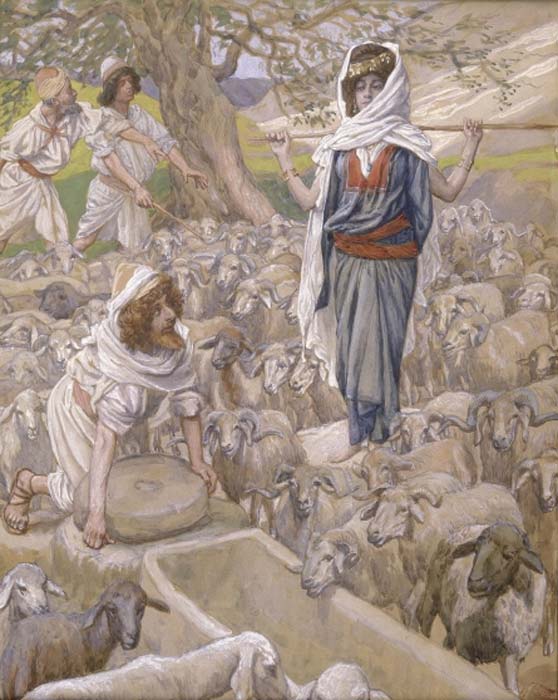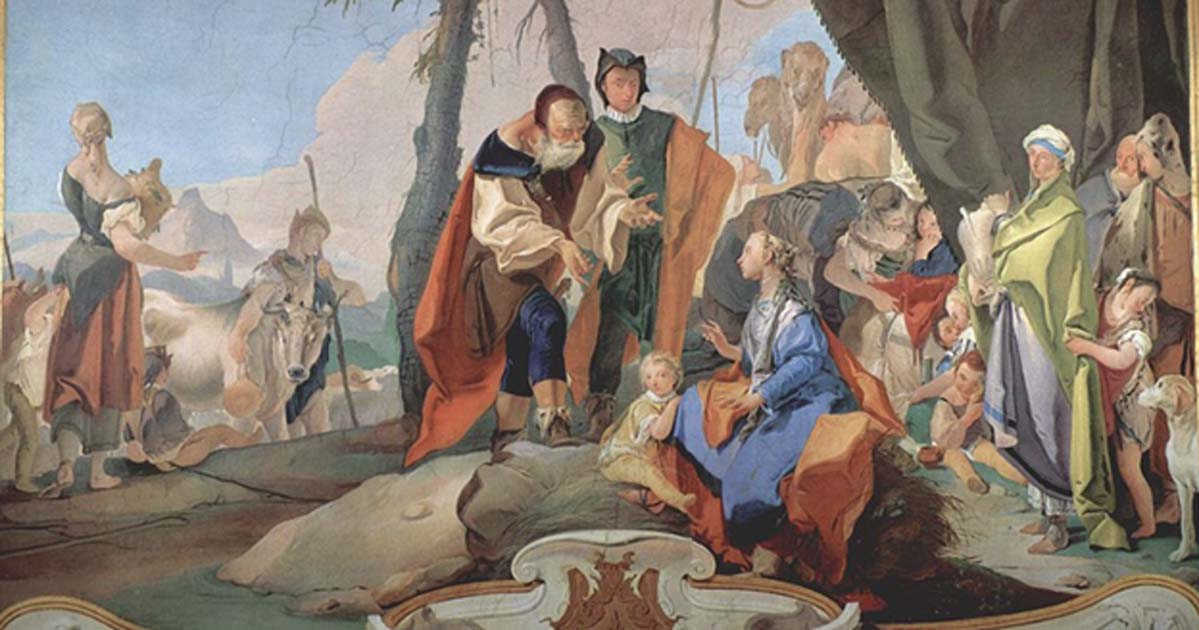The Tomb of the Biblical Matriarch Rachel, Entwining Faiths and Generations
The tomb of the Biblical matriarch Rachel became the basis for many Christian, Jewish, and Muslim stories. The remarkable chamber located in Bethlehem is not only a part of cultural and historical heritage for three religion and a famous city, but also provides a fascinating story that intertwines generations.
Rachel’s tomb was first mentioned during the 4th century AD when the young religion of Christianity was desperately searching for locations to base their cults. It was a period when Christians miraculously ‘discovered' many places related to Biblical figures. The identification of several of these sites is controversial, but that doesn't bother the thousands of people who travel to the Holy Land every year to reconnect with the early individuals of their faith.
Who Was Rachel?
Rachel was one of the most iconic women of Biblical times. She was the mother of Joseph and Benjamin, famous progenitors of the twelve tribes of Israel. Rachel was the patriarch Jacob’s wife. She died during delivery of her youngest son. She is known as the mother of Judaism, but is also an important figure in Christianity and Islam.

Rachel is weeping for her children, 14th century fresco from Marko's Monastery. (Public Domain)
The first records discussing Rachel’s life come from the Hebrew Bible. In the book of Genesis 35:19-20 it was written that when Rachel died she was buried on the way to Ephrath, already known as Bethlehem. A fragment of text from the Bible also claims that Jacob set a pillar upon her grave. This first record of her tomb sheds light on the modern location.
However, research made at the beginning of the 20th century suggests that a translation of the ancient text wasn't correct, and Rachel’s tomb was never located in Bethlehem, but in Benjamite – which belonged to the Tribe of Benjamin in those times. It is an area in Jerusalem nowadays.
- Curious 3,400-Year-Old Canaanite Figurine Discovered by Young Boy in Israel
- Ancient Jewish necropolis in Israel given worldwide recognition
Rachel has been linked to three religions, and her faith and legends became the basis for one of the most important stories about ancient religious women. For centuries, she was an inspiration for other religious women, and with time her tomb became one of the most visited places on the map for pilgrimages.

Rachel and Jacob by James Tissot. (Public Domain)
Rachel's tomb is considered one of the three holiest sites of Judaism. It was mentioned by the early Christians as one of the major destinations for pilgrimages. Muslims claim a strong relationship to her burial site too. The site is also known as Bilal bin Rabah mosque. The current mosque was placed on the site of Rachel's Tomb during the domination of the Ottoman Empire. All three groups probably met at times of pilgrimage to her final resting place.
During the medieval period, pilgrims thought that her tomb is located 1.5 miles (2.4km) from Jerusalem, and close to Bethlehem. The location was known from the 4th century AD, but it wasn't very popular before the Crusades had started. When it became a reason of conflict between Christians and Muslims, the popularity of the site grew. When Benjamin of Tudela arrived in the Holy Land in the second half of the 12th century, he described her tomb as a pillar made of 11 stones. The same description had been mentioned by the Petachiah of Regensburg. The stones represented the 11 tribes of Israel.

Popular imagery of the tomb depicting it as it appeared during the late 19th century. (Public Domain)
Now, Rachel’s tomb is one of the most popular sites for tourists and citizens of Jerusalem. There has been a recent addition to the famous Torah Ark located inside the tomb as well. It is now covered with a piece of a wedding gown that belonged to Nava Applebaum, who lost her life during a terrorist attack in 2003. She died the evening after her wedding.
- Ancient Ritual Bath Found in Jerusalem with Aramaic Graffiti on it
- Ten Amazing Caves of the Ancient World
The site of the Rachel's Tomb is one of the most controversial places in this part of the world. In 2015, UNESCO decided that it is ''an integral part of Palestine'', which caused a diplomatic scandal.

Rachel's Tomb, near Bethlehem, 1978. (CC BY-SA 3.0)
Continuing Tradition
In the Jewish tradition, children are taught that Rachel weeps for all her children. Even now, women from many parts of the world come to this place to ask Rachel to help them become mothers. Rachel remains a symbol of motherhood in three different cultures, a link between countries that are enemies, and a symbol of pure love and motherhood.
Top image: Fresco by Giovanni Battista Tiepolo of Rachel sitting on the idols. Source: Public Domain
References:
Rachel's Tomb, available at: http://www.rachelstomb.org/
Sharing and Exclusion: the Case of Rachel's Tomb by Glenn Bowman, available at:
https://www.academia.edu/7845227/Sharing_and_Exclusion_the_Case_of_Rachels_Tomb
Rachel's Tomb, available at: http://www.keverrachel.com/timeline.asp?lang=en&id=2&PageId=46
The Two Palestinian Sites Of Al-Haram Al-Ibrahimi/Tomb Of The Patriarchs In Al-Khalil/Hebron And The Bilal Bin Rabah Mosque/Rachel’s Tomb In Bethlehem, available at:
http://unesdoc.unesco.org/images/0018/001873/187356e.pdf


















